Navigating the realm of Facebook advertising can appear daunting to beginners; however, it is a powerful tool for reaching target audiences effectively. Facebook ads provide a versatile platform for businesses and individuals to launch campaigns tailored to a wide array of goals, whether it’s brand awareness, website traffic, or product sales. The entry barrier is surprisingly low, allowing advertisers to start with a minimal budget and you can even outsource to a Facebook ads agency. It’s essential to understand the system’s foundation—from setting up an Ads Manager account to defining the audience and budgeting to ensure the best return on investment.

Creating successful Facebook ads involves more than just financial investment; it requires strategic planning and a willingness to experiment. Beginners can take advantage of Facebook’s detailed targeting options, which enable ads to be shown to a specific demographic, based on factors like age, interests, behavior, and location. The process begins in the Ads Manager, where users can manage their ad accounts and review the performance of their campaigns. With the right approach, even novices can craft compelling ad content that resonates with their audience.
Moreover, with the abundance of online resources and courses, mastering Facebook advertising is more accessible than ever. From free courses that offer certificates to comprehensive guides available on various learning platforms, there’s a wealth of knowledge to help beginners get started. It’s imperative to leverage these resources to stay updated with best practices and emerging trends in Facebook advertising to maximize campaign effectiveness and achieve desired outcomes.
Setting Up Your First Facebook Ad
When creating your first Facebook Ad, it’s essential to choose objectives carefully, define the audience, develop compelling content, budget smartly, understand the Ads Manager interface, and adhere to Facebook’s advertising policies.
Choosing the Right Campaign Objective
Before you create a Facebook Ad, select a campaign objective that aligns with your marketing goals. Objectives can be categorized into three main types: Awareness (to generate interest), Consideration (to drive engagement), traffic, or leads), and Conversion (to encourage actions on your website). It’s important to decide whether your priority is to increase brand visibility, get more website visits, or boost sales.
Understanding Your Target Audience
Facebook Ads can be extremely targeted based on demographics, interests, languages, or locations. You can define your audience by age, gender, and languages spoken. Furthermore, you can use interests to target users who may like similar products or industries. Advanced options include creating lookalike audiences to reach new people similar to your existing customers.
Creating Engaging Ad Content
The ad content should be compelling and relevant. You can create various formats of content like photo, video, text, and carousel ads. High-quality images and videos can significantly improve performance. The ad creative—the combination of imagery and text—must clearly convey your message and encourage the viewer to take action.
Budgeting and Scheduling
Set a realistic ad budget to manage costs effectively. Facebook Ads offer flexible budgeting options, including a daily budget or a lifetime budget. Scheduling allows you to control when the ad will run. You can also set specific times of day for your ad to show, which can help optimize your ad spending and increase the likelihood of reaching your audience when they are most active.
Navigating the Ads Manager
Facebook Ads Manager is the tool through which you manage your Facebook Ads. Here, you can set up your campaign, create ad sets, design your ads, and track performance. Utilize the interface to manage your campaigns, analyze ad performance, and make data-driven decisions to optimize analytics.
Compliance with Facebook’s Advertising Policies
Make sure your ads comply with Facebook’s advertising policies. These guidelines cover a range of topics including community standards, prohibited content, restricted content, and advertising practices. Ads that violate these policies may be disapproved or lead to an account suspension, so understanding and following these rules is crucial for a successful ad campaign.
Optimizing Ad Performance
To efficiently manage an ad campaign and achieve the desired objectives, one must harness Facebook’s AI, conduct thorough A/B testing, and accurately interpret ad performance data.
Leveraging Facebook’s AI for Better Targeting
Facebook’s Ads Manager offers a range of AI-powered targeting options aimed at improving ad reach to the most relevant audiences. Analyzing behaviors and engagement patterns of active users, it allows advertisers to create Lookalike Audiences that mirror the characteristics of their existing customer base. This facilitates a more focused approach to targeting, which can lead to increased conversions.
A/B Testing Your Ads
A/B testing, or split testing, is a fundamental aspect of optimizing Facebook Ads. Advertisers should create multiple ad sets with variations in ad type, imagery, and copy to ascertain which combination resonates best with their audience. It is critical to test one variable at a time to clearly understand what drives better performance. Effectively managing A/B tests helps in refining campaign objectives and enhances the overall goal of achieving a higher return on ad spend (ROAS).
Analyzing and Interpreting Ad Data
Analytics are crucial for measuring ad performance across various metrics like impressions, engagement, and conversion rates. Facebook provides robust tools that enable you to analyze the data from your campaigns, allowing you to make informed decisions. Regular review of analytics helps in identifying patterns and trends, thereby enabling advertisers to optimize spending and manage campaigns more effectively to meet their advertising objectives.
Advanced Strategies for Scaling
To effectively scale Facebook ads, it is crucial to leverage advanced targeting techniques, diverse ad formats, and analytical tools. These strategies can help broaden reach and enhance conversion rates, which are key to increasing sales and driving growth.
Expanding Audience Scope with Lookalike Audiences
A successful scaling strategy involves amplification of the audience base. Lookalike Audiences are a powerful tool on Facebook’s Ads Manager, allowing advertisers to target users similar to their existing customer base. By analyzing the characteristics of the original audience, Facebook identifies and targets new users with similar behaviors and interests, thus expanding the brand’s reach and potential for sales. This method is particularly beneficial for brands looking to break into new markets while maintaining a highly targeted approach.
Exploring Different Ad Formats and Placements
Diversification of ad formats and placements can significantly increase engagement and campaign performance.
- Ad Formats: Experimenting with various formats, such as Stories, videos, and carousel ads, can keep the content fresh and more intriguing for the audience.
- Placements: Ads can appear across different placements including the Facebook News Feed, Instagram, Audience Network, and the right-hand column on the desktop. Mobile placements often drive higher engagement due to the growing number of users accessing social media on their devices, making it an essential consideration for ad placement strategy.
Utilizing Facebook’s Pixel and Catalog Features
Integration of Facebook’s Pixel will track conversions, optimize ad deliveries, and retarget the audiences who have already interacted with the brand’s products. By using the Pixel data, advertisers can refine their ads to focus on users who have reached specific stages of the sales funnel, thus increasing the chances of conversion. Additionally, utilizing the Catalog feature allows brands to showcase a range of products directly within the ads, creating a seamless shopping experience that can encourage users to purchase without leaving the social media environment. This strategy ties in product promotion with ad targeting for maximized sales potential.
Leveraging Facebook Across Platforms
In today’s interconnected social media landscape, it is essential for beginners to understand how to coordinate ad campaigns across Facebook and other platforms. This especially includes the seamless integration with Instagram, employing cross-platform advertising tactics, and ensuring ads are optimized for mobile devices to maximize engagement and conversions.
Integrating Instagram and Facebook Ad Campaigns
When creating ad campaigns, advertisers can benefit from the synergy between Facebook and Instagram. Both platforms can be managed through Facebook’s Ads Manager, enabling a cohesive strategy that reaches a broader target audience. Key steps include:
- Select campaign objectives that are relevant to both platforms, whether it’s brand awareness or increased sales.
- Ensure the ad creative resonates with the audiences on each platform—videos for Instagram stories, images for Facebook newsfeeds, etc.
- Use Facebook’s detailed targeting to align your ads with user behaviors and preferences across both platforms.
Cross-Platform Advertising Tactics
Cross-platform advertising calls for a strategic approach that leverages the unique strengths of each social media platform while maintaining a unified brand message. Tactics include:
- Tailoring messages: Customize offers and messaging to fit the social media culture of each platform.
- Retargeting: Follow up with users who engage with your ads on one platform when they switch to another.
- Measuring and adjusting: Use cross-platform analytics to track performance and tweak campaigns for better results.
Mobile Optimization for Advertisements
With most social media engagement taking place on mobile devices, optimizing for mobile is non-negotiable. To ensure your ads are mobile-friendly:
- Design ad creative with mobile dimensions in mind—think vertical formats for stories.
- Keep ad copy concise and attention-grabbing, as mobile users tend to scroll quickly.
- Test loading times and ensure your mobile ads load swiftly to prevent user drop-off.



